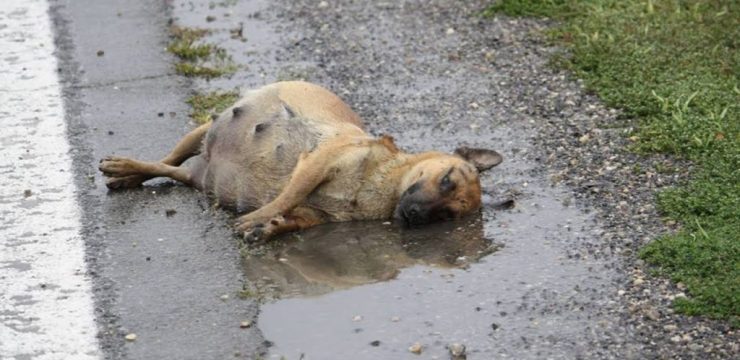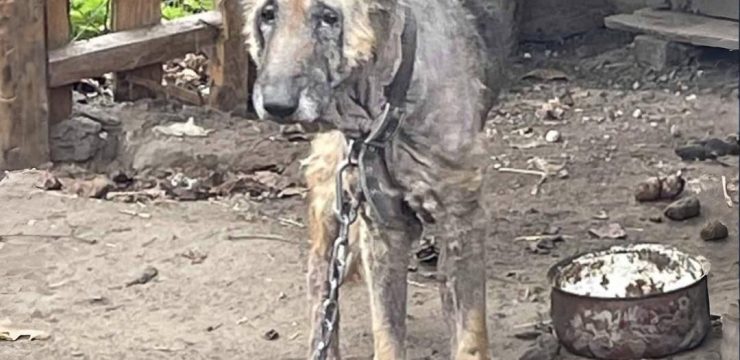Summer is a time for barbecues, picnics, and enjoying the great outdoors—but it’s also prime season for pests. Ticks, mosquitoes, and other biting insects are already enough to make anyone uneasy, but there’s another insect you might not have heard of that’s becoming more common: the assassin bug. This insect’s name sounds intense, and for good reason. While many people have never encountered one, their numbers are on the rise in parts of the United States, and their bite can be far more dangerous than you might expect. Understanding what assassin bugs are, how they behave, and the risks they pose can help you take quick action if you or someone you care about gets bitten.
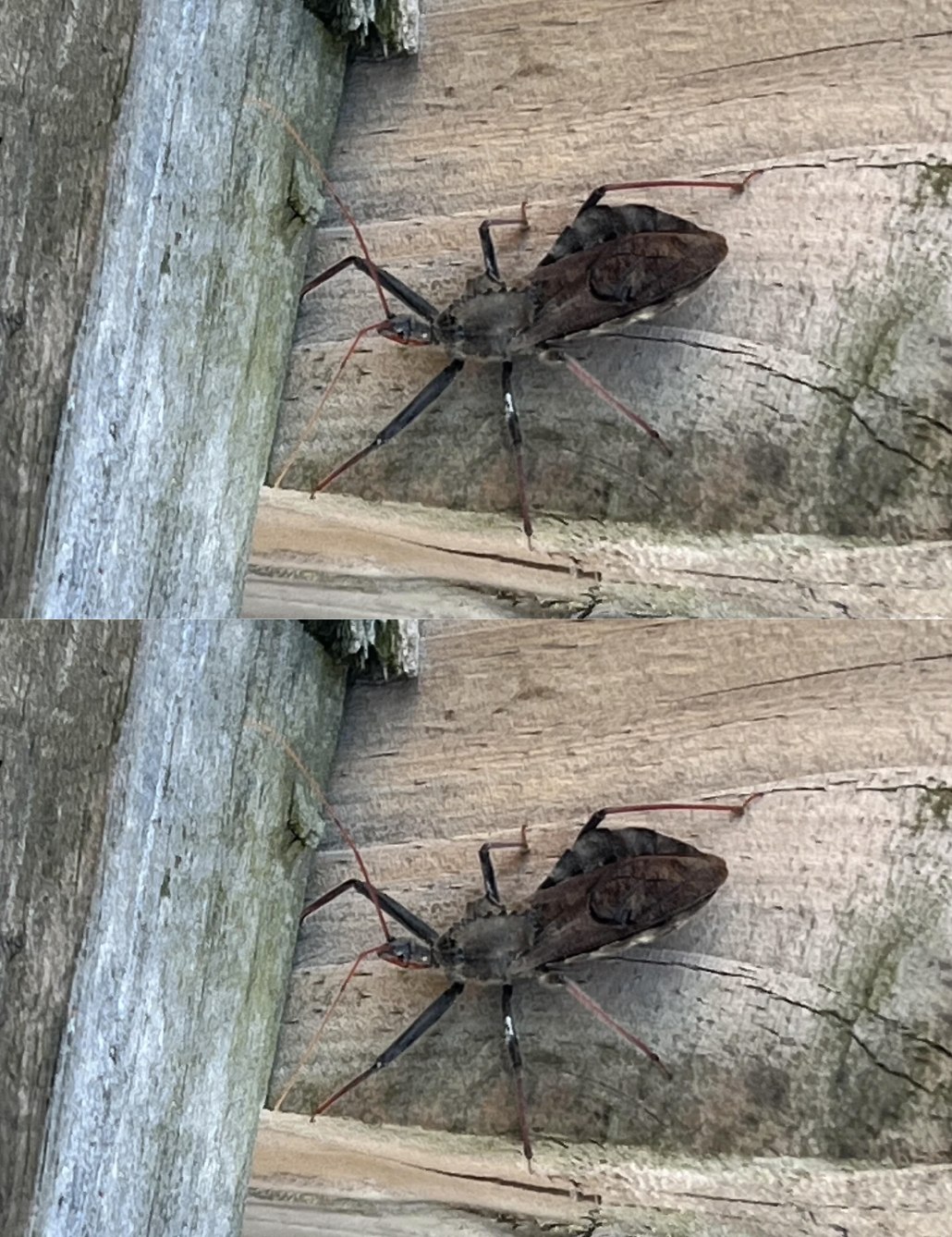
Also known as “kissing bugs,” assassin bugs are blood-feeding insects that target both humans and animals. Much like mosquitoes, they feed by piercing the skin and drawing blood. The problem is that, during the feeding process, they often defecate near the bite site. This can transfer parasites from their digestive systems directly into the victim’s bloodstream. In some cases, this can lead to Chagas disease—a potentially life-threatening illness. Chagas disease progresses in stages, and while symptoms can vary, the condition can cause severe complications over time, including heart damage, and in the most serious cases, death. That’s why prevention and early detection are so important when it comes to these pests.
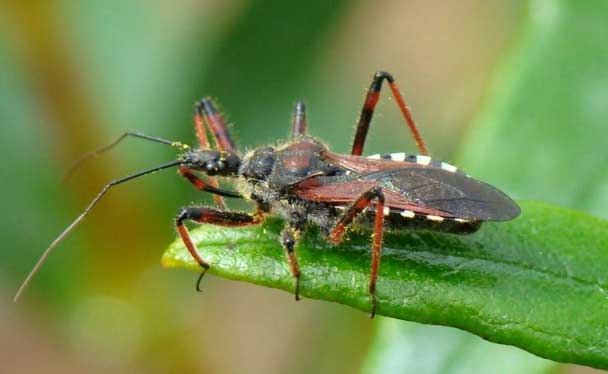
Assassin bugs can be found in many parts of the United States, but they are most common in the southern states where the climate is warm. They tend to lurk in gardens, hide in piles of leaves or other debris, cling to walls and porches, and sometimes even wander into homes. Their presence is not always obvious, so it’s smart to take preventative measures. One of the simplest ways to reduce your risk is to keep your yard and the areas around your home clean and free of clutter—both plant-based debris like leaves and branches, and non-organic items like wood piles, unused furniture, or other items that could provide hiding spots.
If Chagas disease does develop after a bite, the symptoms can be subtle at first. Early signs might include headaches, fever, rashes, unexplained fatigue, or vomiting. However, in many cases, people infected with Chagas disease may not notice any symptoms at all during the early phase. This is part of what makes the disease so dangerous—without treatment, it can silently progress until it begins to affect the heart and other vital organs.
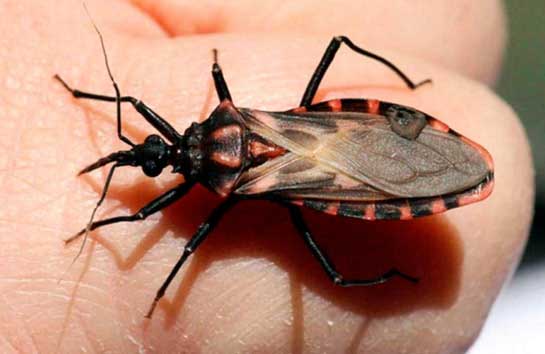
If you think you may have been bitten by an assassin bug, don’t wait to see if symptoms appear. Seek medical attention right away. A doctor can run blood tests to determine whether the parasite responsible for Chagas disease is present in your system. The earlier it’s detected, the easier it is to treat effectively. Left untreated, the disease can cause irreversible damage, so acting quickly could make all the difference.
While the idea of assassin bugs may sound alarming, it’s not a reason to avoid spending time outside altogether. Awareness is your best defense. By knowing where these insects are likely to hide, taking steps to make your home and yard less inviting to them, and acting promptly if you’re bitten, you can greatly reduce your risk. Summertime should be about enjoying the outdoors, not worrying about hidden threats. Armed with the right knowledge, you can protect yourself, your family, and your pets from the dangers these stealthy pests bring.
